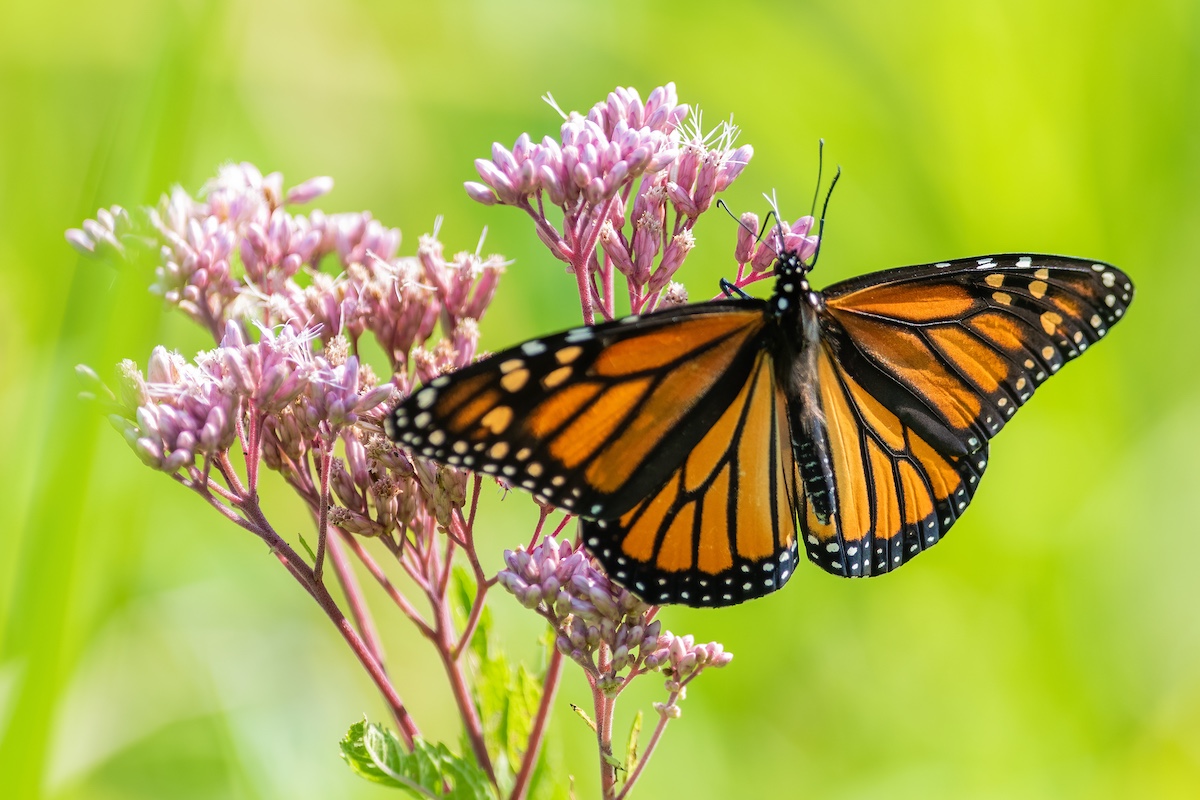
In Robert Frost’s famous poem Mending Wall, he wrote that “good fences make good neighbors.” He was being ironic of course. Though when it comes to living with wildlife, any serious gardener can tell you there is a grain of truth to the line. While wildlife can be wonderful neighbors, they can also sometimes become nuisances.

Just like people, wildlife must have food, water and shelter to survive. They do not have the luxury of being picky about where they find these resources. And as our world becomes increasingly urbanized, that means more calls from people who have rabbits eating up their vegetable gardens, raccoons using attics as den sites, robins attacking living room windows, and ducks nesting next to swimming pools. That’s where the new Wildlife Illinois website can help.
The website was designed to help people prevent problems with wildlife. Since wildlife damage is often seasonal, the site offers guidance on when certain wildlife behaviors are likely to occur.
It covers prevention-based strategies such as habitat modifications like tree trimming and storing garbage, pet food and firewood. It also gives tips for successfully using repellents, frightening devices and exclusion techniques such sealing chimneys and attic vents.

For people who need immediate help with wildlife damage, the site provides contact information for licensed nuisance wildlife control operators. For people looking to assist injured or orphaned wildlife, there is contact information for licensed wildlife rehabilitators. For the Do-It-Yourself types, there are damage control methods tailored by species to make sure the solution fixes the problem at hand.
In cases where the potential culprit isn’t known, the “Solve a Wildlife Problem” pages help people figure out what animal or bird is causing the damage based on whether the issue is occurring in a building, yard or agriculture field. The “Wildlife Identification” pages provide a photo gallery of animal signs including tracks, scat, burrows, and different types of wildlife damage. In addition to identification tips for mammals, birds, reptiles and amphibians, this section also provides information about species’ distribution, behavior, habitat requirements, ecological role and legal status. Since many species of wildlife in Illinois are protected, the “Get Help” pages also educate people about when permits are or are not needed. When a permit is needed, a quick on-line form will send the person’s permit request to their local Illinois Department of Natural Resources District Wildlife Biologist for review.

Sometimes people have concerns about wildlife they have seen. The “Sightings” pages provide an array of information about whether wildlife sightings are “normal,” what to do about seeing coyotes in the neighborhood, what’s going on with squirrels with missing fur and how to report feral swine sightings. This section also provides current information about the rarest wildlife visitors in the state—mountain lions, black bears and gray wolves—along with a quick form to report those sightings.

Like its predecessor, the Living with Wildlife in Illinoiswebsite, the new Wildlife Illinois website helps people find ways to co-exist with wildlife without building fences. But if other prevention techniques have failed and a fence is needed, the site also explains how tall the fence has to be and what gauge of wire to use to keep out the unwelcome wildlife visitor.
Wildlife Illinois was developed by the Illinois Department of Natural Resources, University of Illinois Extension and the National Great Rivers Research and Education Center with assistance from the U.S. Department of Agriculture, APHIS-Wildlife Services under a project funded by a U.S. Fish and Wildlife Service Federal Wildlife Restoration Grant.
Laura Kammin is a Natural Resources Specialist with the National Great Rivers Research and Education Center. She formerly held positions at Illinois-Indiana Sea Grant, University of Illinois Extension, Prairie Rivers Network and the Illinois Natural History Survey. She received her master’s degree in wildlife ecology from the University of Illinois, Urbana-Champaign.
















Submit a question for the author